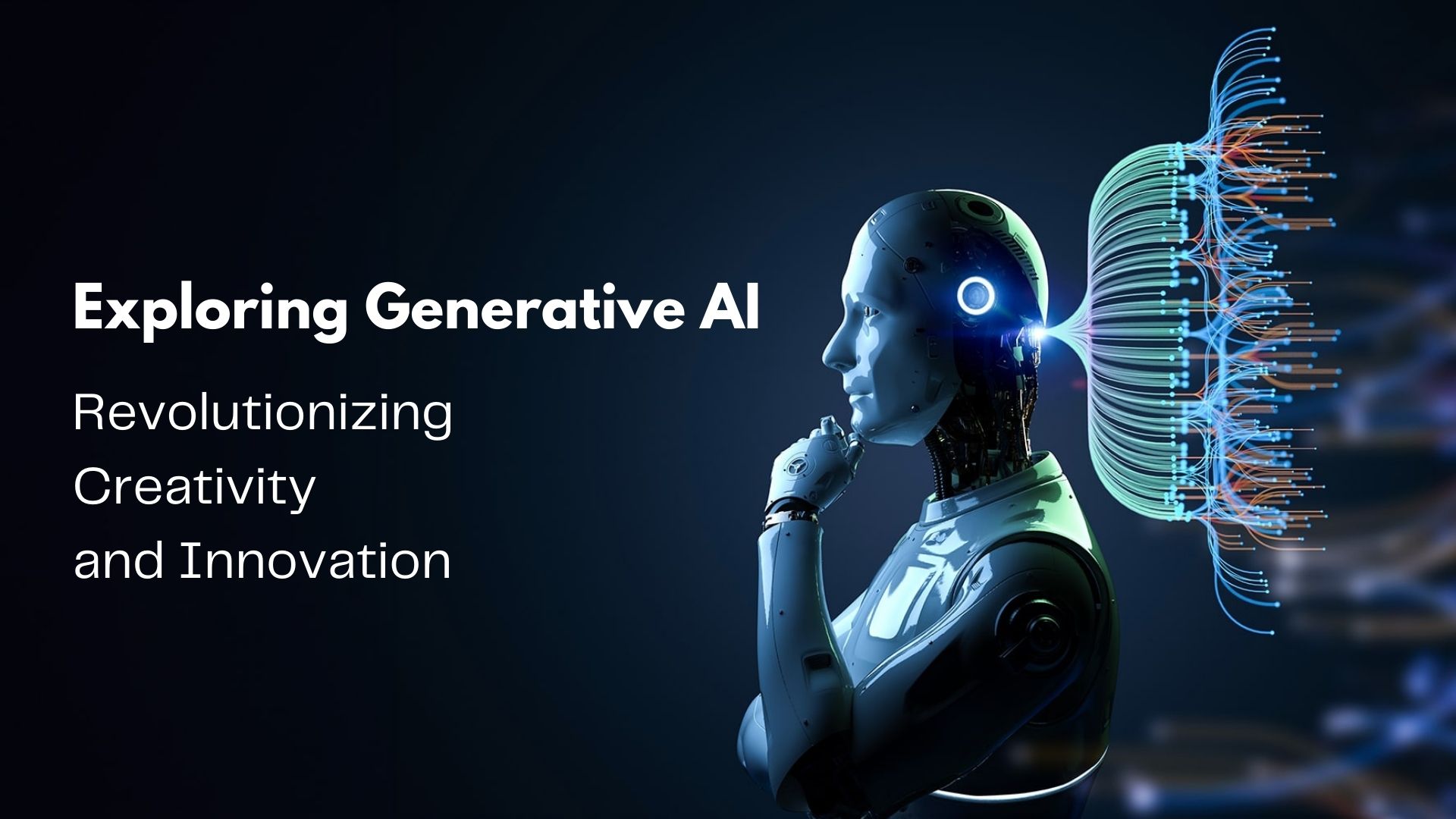Generative AI, a cutting-edge branch of artificial intelligence, is redefining the boundaries of creativity and problem-solving. By leveraging advanced algorithms, neural networks, and vast datasets, generative AI models can produce new and original content ranging from text and images to music and even code. Let’s dive into what generative AI is, how it works, and its transformative potential across industries.
What Is Generative AI?
Generative AI refers to systems that can create new data resembling existing data. Unlike traditional AI models, which focus on classification or prediction, generative AI produces unique outputs based on patterns it has learned. Examples include OpenAI’s GPT series for text generation, DALL-E for image creation, and DeepMind’s AlphaCode for programming.
At its core, generative AI relies on models like:
Generative Adversarial Networks (GANs): These use two neural networks—a generator and a discriminator competing to improve the quality of the generated content.
Transformers: Used in language models like GPT, transformers analyze sequential data to generate coherent and contextually relevant outputs.
Applications of Generative AI
Generative AI has found its way into various domains, driving innovation and efficiency:
- Content Creation
- Healthcare
- Gaming and Entertainment
- Education and Training
- Software Development
Benefits of Generative AI
Creativity Unleashed
It empowers individuals and organizations to explore uncharted creative territories.
Time Efficiency
Tasks that previously took hours can now be completed in minutes.
Personalization
Custom solutions and recommendations are more accessible than ever.
Challenges and Ethical Considerations
While generative AI offers immense potential, it also raises ethical and technical concerns:
Bias in Data
AI models can inadvertently learn and perpetuate biases present in training data.
Misinformation
The ability to generate realistic content can be exploited to spread fake news or create deepfakes.
Copyright Issues
The originality of AI-generated content can blur the lines of intellectual property rights.
The Future of Generative AI
The trajectory of generative AI points toward even greater advancements. Researchers are working on:
Improving Model Efficiency
Reducing the computational resources required for training and inference.
Cross-Modal Generation
Combining text, images, and audio seamlessly for richer outputs.
Ethical AI Frameworks
Developing standards to ensure responsible use.
Conclusion
Generative AI is not just a technological marvel; it is a transformative force reshaping industries and augmenting human creativity. As we continue to explore its capabilities, it is crucial to address the challenges and harness its power responsibly. The journey of generative AI has just begun, and its potential to inspire, innovate, and revolutionize is limitless.


